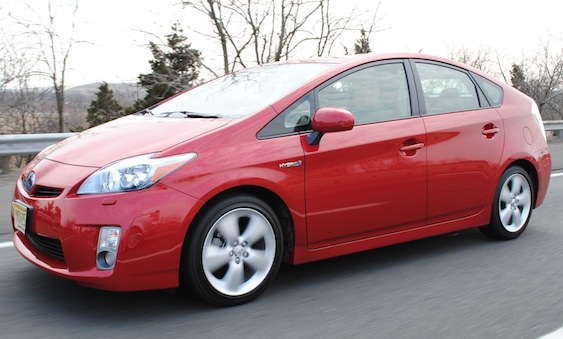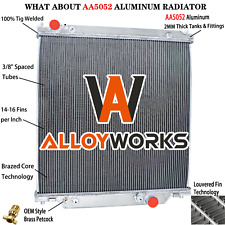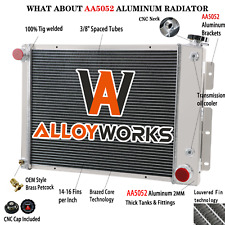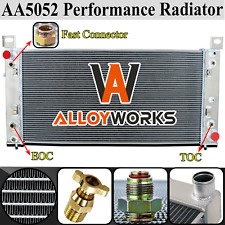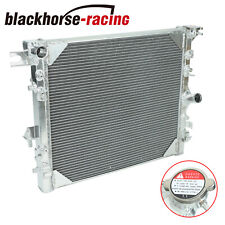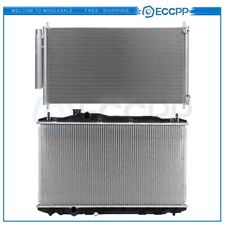Review: 2010 Toyota Prius still wears the hybrid crown

Having debuted in Japan in 1997 and introduced to the rest of the world in 2001, the Toyota Prius came to dominate the segment, even though it wasn”t the first hybrid to be mass-produced. Available for sale in 40 countries and regions with the largest markets being Japan and North America, total units moved stands in excess of 1.6 million units, with the 1 million unit mark having been surpassed in May of 2008.
Given the massive success of its predecessor, the 2010 (and most noted) Prius came to market amidst the high expectations of consumers, critics, and the media. In lieu of incorporating new technologies such as a lithium-ion battery pack or plug-in capability however, Toyota decided to focus on more subtle changes in design, and increases in power and fuel-efficiency.
Make the jump to read more and to view our high-res image gallery (at the bottom of the post).
Review: 2010 Toyota Prius:
2010 Toyota Prius Specifications:
- Base Price: $22,800.
- Price as Tested: $31,360.
- Engine: 1.8L 4-cylinder – 98-hp / 105 lb-ft of torque. Total output with hybrid system – 134-hp.
- Curb Weight: 3,042 lbs.
- 0 to 60 mph: 9.8 seconds.
- Top Speed: 112 mph
- Fuel-Economy (city/highway): 51/48 mpg.
All Photos Copyright © 2010 Omar Rana ““ egmCarTech.

Exterior:
Our main gripe with the exterior design is that it still strikes an uncanny resemblance to a cheese wedge, as was the case with the previous generation model. Though it may seem that automakers love awkward and unattractive designs when it comes to hybrid and electric vehicles, they serve primarily to maximize efficiency and fuel-economy through enhanced aerodynamics. This is especially evident in the new design; it is more aerodynamic than its predecessors, reducing the drag coefficient to 0.25 Cd. An underbody rear fin also serves to stabilize the car when traveling at higher speeds.
The new vehicle is bigger in all dimensions and lacks the horizontal bar across the rear window that had posed visibility issues in the previous generation”s design.
Although the car sits at the same overall height as the previous Prius, the roof profile has been altered by way of an adjustment which moves the roof-top back 3.9 inches. This further emphasizes the cheese-wedge-like design, but is tremendous for aerodynamics. While the wheelbase retains its dimensions, the overall length of the car is increased by 0.6 inches, largely in part due to the front cowl being moved forward.
The most notable changes, however, come in the form of the new grille and headlamps that are included in the augmented front fascia.
While the Prius is certainly not the best looking hybrid on the road, in keeping its distinctive shape, it still seems to attract tree-huggers and those who wish to garner the tree-hugger image. Oh and it still stands popular with those Hollywood actors that want to portray the “I care about mother nature” image.

Interior:
Powertrain aside, the most significant changes to the 2010 Prius are related to the vehicle”s interior. The new design provides for a much more quiet, roomy, and better equipped interior featuring advanced standard and optional features such as a solar-paneled moonroof, four driving modes, Intelligent Parking Assist (IPA) and steering wheel touch controls with instrument panel display.
One of the most visible design changes you will notice is the relocation of the hybrid energy display and fuel-economy bar graph to the top of the dash. The smaller and less-colorful display makes it somewhat cumbersome to view information, even more so when you realize that your eyes must be diverted from the road and to the center of the dash to view your driving statistics.
We tested out the Prius IV (available in II, III, IV and V), which included leather seats, navigation, JBL audio system, Bluetooth connectivity, back-up camera, and the really interesting solar-roof option. The system employs the use of an electric fan to draw air from the outside, into, through, and back out of the cabin as the interior temperature reaches 68 degrees Fahrenheit. The cabin temperature is lowered to be consistent with the exterior, so that reentering the vehicle is more comfortable.
All in all, the 2010 Prius offers a much more refined, comfortable, and ergonomic design than that of generations past. The available features and higher quality of materials contribute to an overall feeling of great comfort. Our only real bone to pick with the interior is with the driver’s seat; it is impossible to find a comfortable driving position in this car, and while the tilt/telescoping steering wheel contribute to diver comfort, it”s still not perfect.
Notable interior features on the 2010 Prius include: remote keyless entry system with Push Button Start, 60/40 split rear bench seat with adjustable headrests, and Lane Keep Assist, a feature which detects lane markers of certain roads and tightens torque on the steering wheel to keep the car centered, while emitting a warning tone to alert the driver.

Performance:
Toyota says that the patented Hybrid Synergy Drive system employed in the current generation Prius is 90% newly developed, offering significant improvement over previous models. The lighter transaxle reduces torque losses by as much as 20% over previous models, and the inverter has a new direct cooling system that not only reduces size, but also weight. When taken together, the transaxle, inverter, and motor are 20% lighter than before.
The “10 Toyota Prius derives its power from a 1.8 liter 4-cylinder engine with VVT-i that produces 98-hp and a maximum torque of 105lb-ft. That engine comes mated to two electric-motors which when working together, combine for a net output of 134- hp, a 24 hp improvement over last year.
Despite this added power, fuel-economy has improved. With the outgoing model garnering an EPA-certified rating of 46 mpg, the incoming model is rated at 50 mpg. During our test drive, we averaged 49 mpg.

One major feature of the Prius is EV-Drive mode, which allows you to drive solely on battery power during lower speeds for approximately 1 mile. However, that means you”ll have to accelerate really slow and drive even slower, which might end up bothering drivers behind you.
Sooner or later, you”ll find yourself late to work or a date and that”s where the Prius”s Power Button comes in handy; one press of the Power Mode button will increase sensitivity to the throttle input to provide for a sportier drive. 0-60 mph in the Prius comes in 9.8 seconds with a top speed of 112 mph, compared to 103 mph on the previous version.
The last mode, Eco Mode (a mode we never recommend using unless you want to be completely bored with life), is designed to help you achieve the best fuel-economy during your trip.
Though nothing is a substitute for a standard gasoline powered car, the new engine and hybrid system is much quieter and much more refined than in the past. The car also feels more stable and more secure than previous generations and its current rival, the 2010 Honda Insight.

Overall:
Does the 2010 Prius still deserve to hold the crown? Absolutely. MSRP starts at $22,800 for the Prius II and ranges all the way up to $28,070 for the Prius V. While this may be a slight premium over the price of the Honda Insight (starting MSRP $19,800) the Prius leads in fuel-economy (the Insight gets an EPA rated 40/43 mpg), performance, and general bang-for-the-buck. The car has many positives, except the cheese-wedge design.
Review: 2010 Toyota Prius:
All Photos Copyright © 2010 Omar Rana ““ egmCarTech.
– By: Stephen Calogera

